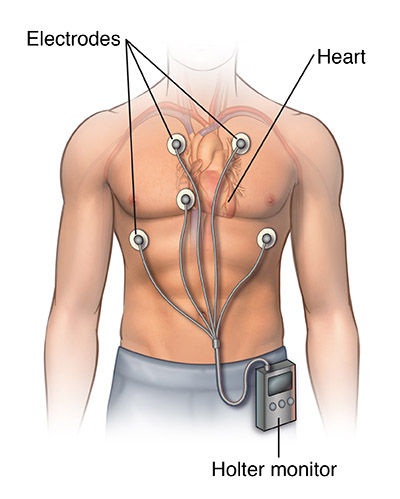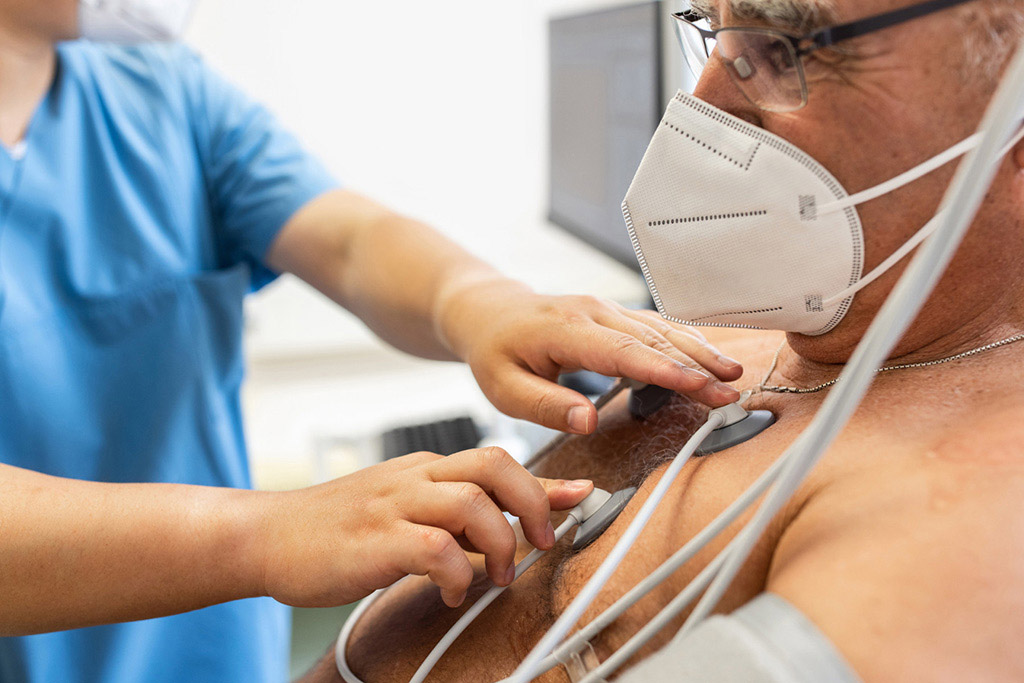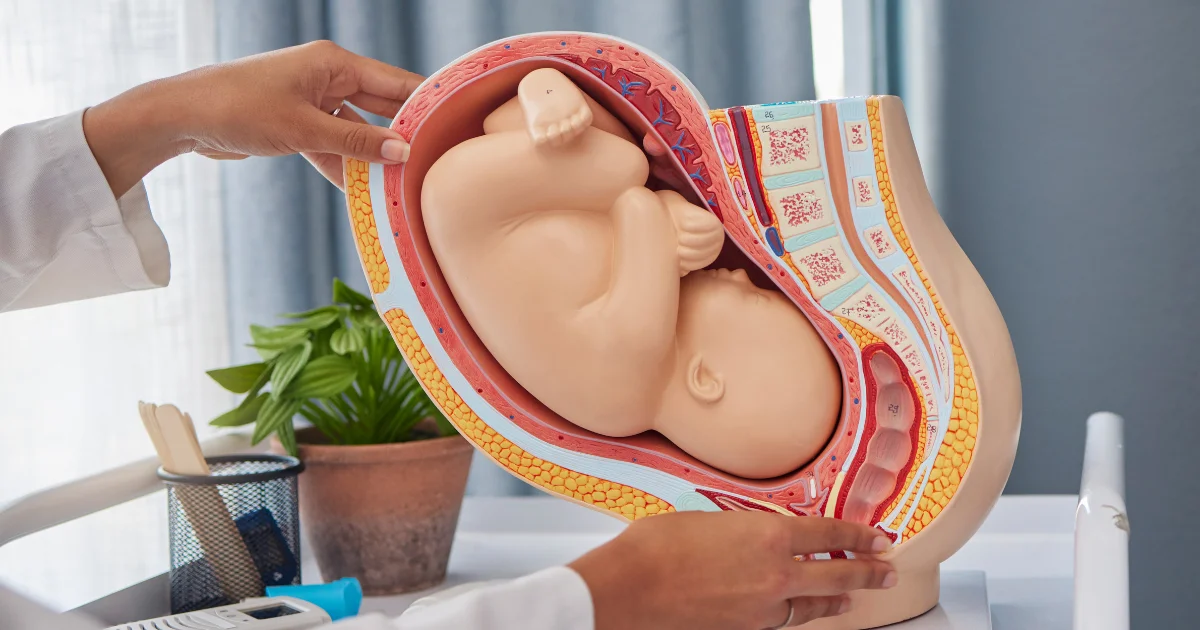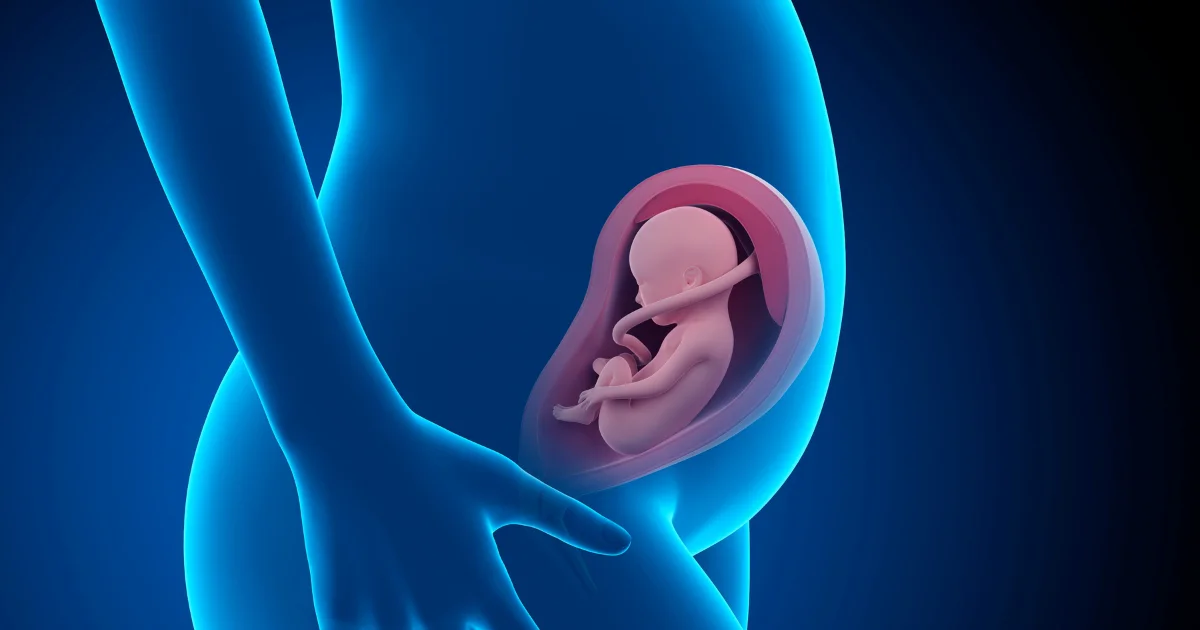Electrocardiography, often abbreviated as ECG or EKG, serves as a cornerstone in the diagnosis and monitoring of various heart conditions. At the heart of this diagnostic process lies the electrocardiograph, commonly referred to as an ECG machine. Components of an ecg machine are meticulously crafted to record the heart’s electrical activity over a specific period, providing invaluable insights into cardiac health. Let’s delve into the intricate components and functionalities of ECG machines.
Table of Contents
Electrodes and Sensors: Capturing the Heart’s Electrical Signals
Electrodes: Electrocardiography begins with the placement of electrodes, and small adhesive patches strategically positioned on the skin to detect the heart’s electrical signals. These electrodes come in various types, including Components of an ecg machine are meticulously crafted to record the heart’s electrical activity over a specific period, providing invaluable insights into cardiac health. Let’s delve into the intricate components and functionalities of ECG machines using disposable and reusable variants, each serving specific purposes in signal detection.
Sensors: Embedded within these electrodes are sensors responsible for picking up the electrical signals and transmitting them to the core of the ECG machine for analysis. The precise placement of electrodes is crucial to ensure optimal signal capture and fidelity in the recorded ECG tracings.
Components of an ecg machine: Leads and Lead Systems:
Leads: Connecting the electrodes to the ECG machine are leads, which Components of an ecg machine act as conduits for transmitting the electrical signals. These leads are categorized into limb leads, augmented limb leads, and precordial leads, each focusing on specific regions of the heart.
Lead Systems: Understanding the significance of Einthoven’s triangle and lead placement is essential for interpreting ECG waveforms accurately. These leads serve as the eyes and ears of the ECG machine, providing multiple perspectives on the heart’s electrical activity.
Amplifiers and Filters: Enhancing Signal Clarity
Amplifiers: Amplifiers within the ECG machine enhance the weak electrical signals captured by the electrodes, making them more discernible for analysis. Components of an ecg machine boost the strength of these signals, ensuring clarity in the recorded ECG tracings.
Filters: Concurrently, filters eliminate unwanted noise and interference, ensuring that only relevant cardiac signals are recorded. The synergy between amplifiers and filters enhances the signal-to-noise ratio, resulting in clearer and more accurate ECG tracings.
Analog-to-Digital Conversion: Transitioning to Digital Data
Analog-to-digital conversion represents a pivotal step in the ECG recording process. Analog signals from the electrodes are converted into digital data, facilitating storage, analysis, and interpretation. These digital Components of an Components of an ecg machine transformation enable healthcare professionals to visualize the heart’s electrical activity on screens, printouts, or electronic formats.
Display and Output Systems: Visualizing Cardiac Activity
The versatility in display and output systems empowers seamless communication and documentation of cardiac findings. User-friendly control interfaces, encompassing buttons, knobs, or touch panels, ensure effortless operation by healthcare professionals, minimizing errors during ECG acquisition and interpretation.
Power Supply and Connectivity: Ensuring Reliability
Power supply and connectivity options further enhance the versatility of the ECG machine. Whether powered by batteries for portability or connected to mains power for continuous operation, the Components of an ecg machine ensure uninterrupted cardiac monitoring. Connectivity options, including USB, Bluetooth, or Wi-Fi, facilitate seamless data transfer to external devices for further analysis or storage.
Quality Assurance and Maintenance: Upholding Accuracy and Reliability
Quality assurance and maintenance are paramount to uphold the accuracy and reliability of ECG machine readings. Regular calibration, adherence to manufacturer guidelines, and routine maintenance tasks sustain optimal performance. Integration with electronic medical records (EMRs) and telemedicine platforms streamlines documentation and enables remote interpretation and consultation, fostering comprehensive cardiac care.
Emerging Technologies and Future Trends: Advancing Cardiac Monitoring
Looking ahead, emerging technologies and future trends promise to revolutionize ECG monitoring. Wearable Components of an ecg machine offer continuous cardiac surveillance in ambulatory settings, while artificial intelligence (AI) algorithms hold promise for automated ECG interpretation.
Integration with personalized health-tracking apps empowers individuals to take an active role in monitoring their cardiovascular health. As technology evolves, ECG machines will continue to enhance diagnostic capabilities and improve outcomes for individuals worldwide.

Read more about the Digital Three Channel ECG Machine
Key Components
One-Touch Operation: Enjoy effortless functionality with our one-touch operation feature, simplifying the ECG process for swift and accurate results.
Pace Pulse Identification: Benefit from precise pace pulse identification and automatic analysis, ensuring reliable and efficient cardiac assessment.
Simultaneous 12-Lead Display: Experience comprehensive cardiac waveform visualization, providing in-depth insights for enhanced diagnostic capabilities.
Versatile Connectivity: With built-in USB and RS232 interfaces, our Components of an ecg machine with ECGNET software, offer optional connectivity for expanded functionality.
Adaptive Power Supply: Components of an ecg machine are designed to adapt to 110-230V, 50/60Hz AC power supply, ensuring consistent performance across diverse settings.
Advanced Freeze Function: Capture and analyze critical cardiac data with our advanced freeze function, enabling precise assessment and diagnosis.
Enhanced Data Management: Store up to 250 patient records in the internal memory, with the flexibility to extend storage capacity, empowering seamless data management.
Optimized Connectivity: Utilize the USB interface for efficient data transmission, connection to USB flash disks, and seamless integration with USB printers for streamlined workflow.
High-Accuracy Thermal Printing: Experience superior print quality with high-accuracy thermal printing, compatible with 80mm, 112mm, and 215mm roll paper for versatile recording options across 3, 6, or 12 channels.
The UNISON ECG machine is an important tool for keeping track of heart health. It uses small patches called electrodes and special wires called leads to pick up signals from the heart. Components of ECG machine signals are made stronger and clearer by amplifiers and filters inside the machine. The machine then turns these signals into digital information, which can be seen on a screen or printed out.
It’s easy to use, with buttons or touch panels to control it. You can power it with batteries or plug it into a wall socket, and it can connect to other devices like computers or tablets. Regular cleaning and maintenance help keep it working well. In the future, as technology improves, the UNISON ECG machines will continue to play a vital role in monitoring heart health for people everywhere.
FAQ
Q1. What do leads do in an ECG machine?
A1. Leads gather the electrical signals detected by the electrodes and transmit them to the machine for analysis.
Q2. How many types of leads are there in an ECG machine?
A2. There are three main types: limb leads (for arms and legs), chest leads (placed on the chest), and augmented leads.
Q3. What is the purpose of wires in an ECG machine?
A3. Wires connect the electrodes to the machine, allowing the electrical signals to be transmitted accurately for interpretation.
Q4. Why are the Components of an ECG machine important?
A4. These components are essential for providing detailed information about heart activity and aiding in the diagnosis and monitoring of various cardiac conditions.




